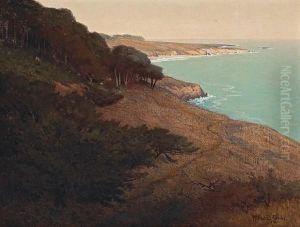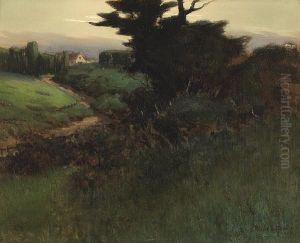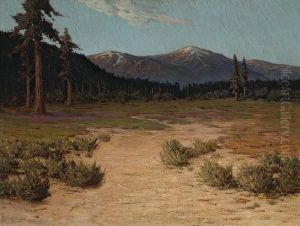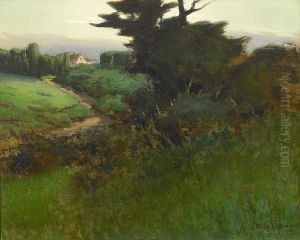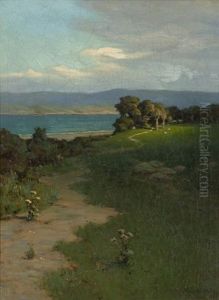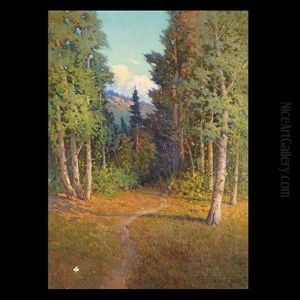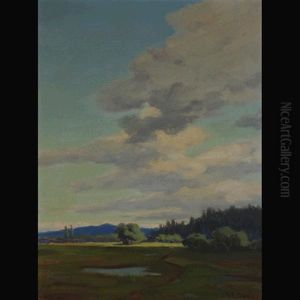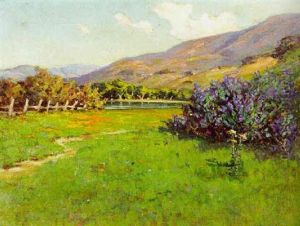Willis E. Davis Paintings
Willis E. Davis was an American painter known for his impressionist landscapes and marine scenes, capturing the essence of early 20th-century American life with a particular focus on the California coast. Born in 1879, Davis embarked on a journey that would see him become one of the prominent figures in the California Impressionist movement, a variant of the broader American Impressionism that flourished in the late 19th and early 20th centuries.
Davis' artistic journey was marked by his dedication to capturing the natural beauty of his surroundings. He was deeply influenced by the Impressionist movement, which emphasized light, color, and everyday subject matter, moving away from the more detailed and historical themes prevalent in previous art periods. Davis's work reflected this shift, focusing on the landscapes and seascapes of California, which provided an endless source of inspiration for him.
He studied at the Art Students League in New York and later at the Académie Julian in Paris, where he was exposed to the latest European art movements. This education allowed him to blend European techniques with his American subjects, creating a unique style that was both personal and reflective of the broader trends in American art. Upon returning to the United States, Davis settled in California, where he became an integral part of the local art community, contributing to the development of the California Impressionist style.
Throughout his career, Davis exhibited his work widely, gaining recognition and acclaim for his vibrant landscapes and marine scenes. His paintings were celebrated for their ability to capture the fleeting effects of light on water and land, imbuing his scenes with a sense of immediacy and vitality. Despite the changing art trends over the decades, Davis remained committed to his impressionist style, which continued to resonate with audiences.
Willis E. Davis passed away in 1964, leaving behind a legacy that has continued to influence the art world. His contributions to American Impressionism and his dedication to capturing the beauty of the California landscape have ensured his place in the annals of American art history. Today, his works are held in numerous public and private collections, celebrated for their technical skill and emotive power.
